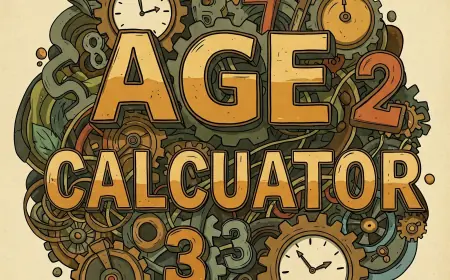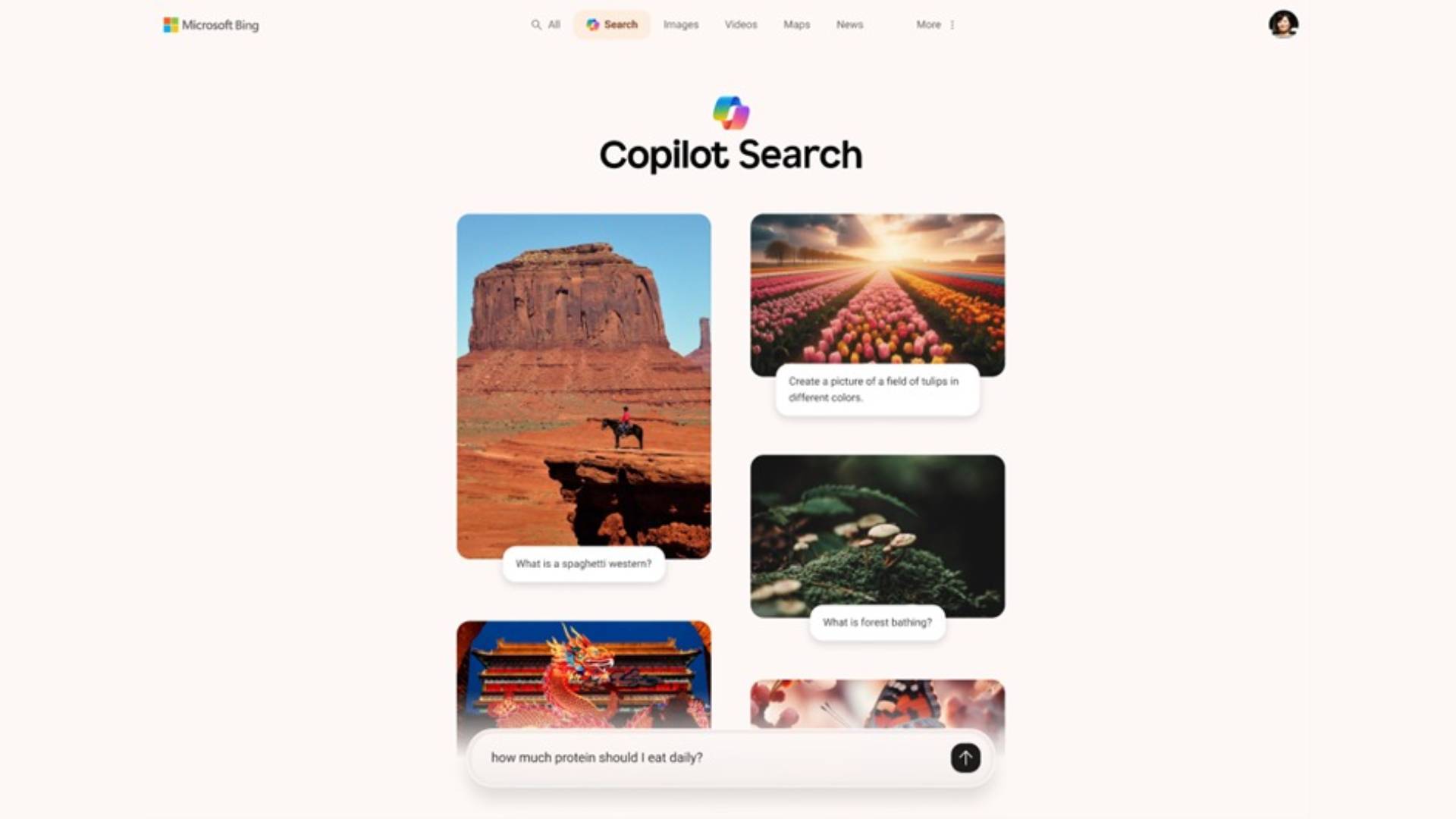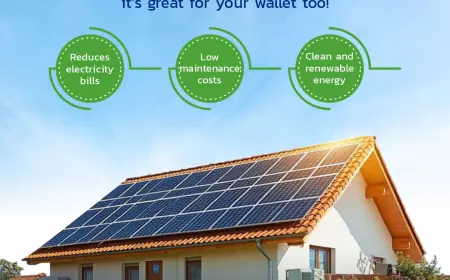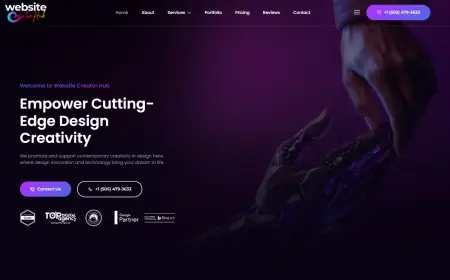Future-Proofing Analysis: Emerging Trends in Raman Spectroscopy Technology
The global raman spectroscopy market is expected to reach USD 1,497.85 million in 2030, with a CAGR of 7.36% during the forecast period 2023-2030.
The market study covers the Global Raman Spectroscopy Market crosswise segments. It purposes at estimating the market size and the growth prospective of the market segments, such as supplier, application, organization size, and business vertical. The study also includes a detailed competitive analysis of the key players in the market, along with their enterprise profiles, key observations related to product and industry offerings, new developments, and key market plans.
The global raman spectroscopy market is expected to reach USD 1,497.85 million in 2030, with a CAGR of 7.36% during the forecast period 2023-2030.
To Know More Request Sample of this Report@ https://www.infiniumglobalresearch.com/form/774?name=Sample
A complete view of raman spectroscopy industry is provided based on definitions, product classification, applications, major players driving the Global raman spectroscopy market share and revenue. The information in the form of graphs, pie charts will lead to an easy analysis of an industry. The market share of top leading players, their plans and business policies, growth factors will help other players in gaining useful business tactics.
The forecast for Global raman spectroscopy market information is based on the present market situation, growth opportunities, development factors, and opinion of the industry experts. An in-depth analysis of the company profiles, raman spectroscopy market revenue at country level and its applications is conducted. The analysis of downstream buyers, sales channel, raw materials, and industry verticals is offered in this report.
Raman spectroscopy in a nutshell:
- Imagine a technique that examines chemicals without harming them. That's Raman spectroscopy!
- It uses light to analyze a material, revealing details like its chemical structure, different forms it can take (polymorphs), how well-organized its molecules are (crystallinity), and how its molecules interact.
- Chemists use it to identify unknown substances and understand how their atoms are bonded.
Beyond the lab: Raman spectroscopy in action
- This powerful tool isn't limited to research. It's used in various industries like pharmaceuticals, bioprocessing, chemicals, and even food analysis.
- The most common laser used is 785 nanometers, a wavelength that minimizes background interference while still providing strong Raman signals.
Why it's becoming increasingly popular:
- The pharmaceutical and biotechnology industries are booming, constantly developing new drugs and therapies.
- Raman spectroscopy is a perfect fit because it offers fast, accurate, and non-destructive analysis of samples.
- It's also valuable in material science research.
Challenges and opportunities:
- While Raman spectroscopy has incredible potential, some people might not be aware of its many applications, which could slow down its widespread adoption.
- However, the development of new applications like food safety testing presents exciting growth opportunities.
Segments Covered in this Premium Report:
1. By Type:
- Benchtop Raman Spectrometers: These are powerful, high-resolution instruments typically used in laboratories for detailed analysis.
- Portable Raman Spectrometers: These are compact, handheld devices designed for on-site and field applications, offering greater flexibility and ease of use.
2. By Sampling Technique:
- Surface-Enhanced Raman Scattering (SERS): This technique amplifies weak Raman signals, making it ideal for analyzing minute samples or those with low Raman activity.
- Tip-Enhanced Raman Scattering (TERS): This technique offers extremely high spatial resolution, allowing analysis of features on a microscopic scale.
- Other Sampling Techniques: This category includes various approaches for analyzing different types of samples, like liquids, powders, and gases.
3. By Application:
- Pharmaceuticals: Raman spectroscopy plays a crucial role in drug discovery, quality control, and analysis of biological samples.
- Research and Development (R&D): This segment encompasses a wide range of applications across various scientific disciplines for material characterization, studying chemical reactions, and more.
- Industrial Sector: Raman spectroscopy finds use in quality control, process monitoring, and failure analysis in various industries like chemical, automotive, and food.
- Material Science: This segment utilizes Raman spectroscopy for material characterization, studying crystal structures, and investigating new materials.
- Other Applications: This category includes emerging applications like forensics, environmental monitoring, and cultural heritage preservation.
Report Overview: https://www.infiniumglobalresearch.com/market-reports/global-raman-spectroscopy-market
Research Methodology:
The report provides deep insights into the demand forecasts, market trends, and micro and macro indicators. In addition, this report provides insights into the factors that are driving and restraining the growth in this market. Moreover, The IGR-Growth Matrix analysis given in the report brings an insight into the investment areas that existing or new market players can consider. The report provides insights into the market using analytical tools such as Porter's five forces analysis and DRO analysis of the raman spectroscopy market. Moreover, the study highlights current market trends and forecasts for 2023-2030. We also have highlighted future trends in the market that will affect the demand during the forecast period.
Conclusion:
In conclusion, Raman spectroscopy is a powerful, non-destructive analytical technique that provides detailed information about chemical structures, phases, crystallinity, and molecular interactions. Its utility spans across various industries, including pharmaceuticals, biotechnology, chemical, and food sectors, driven by its ability to deliver fast and accurate molecular analysis. The increasing demand from the pharmaceutical and biotechnology industries, coupled with growing applications in material science, is poised to drive market growth. However, the market faces challenges such as a lack of awareness about potential applications. Despite this, advancements in food safety testing present significant growth opportunities, indicating a promising future for Raman spectroscopy in various industrial applications.
What's Your Reaction?
 Like
0
Like
0
 Dislike
0
Dislike
0
 Love
0
Love
0
 Funny
0
Funny
0
 Angry
0
Angry
0
 Sad
0
Sad
0
 Wow
0
Wow
0



















































